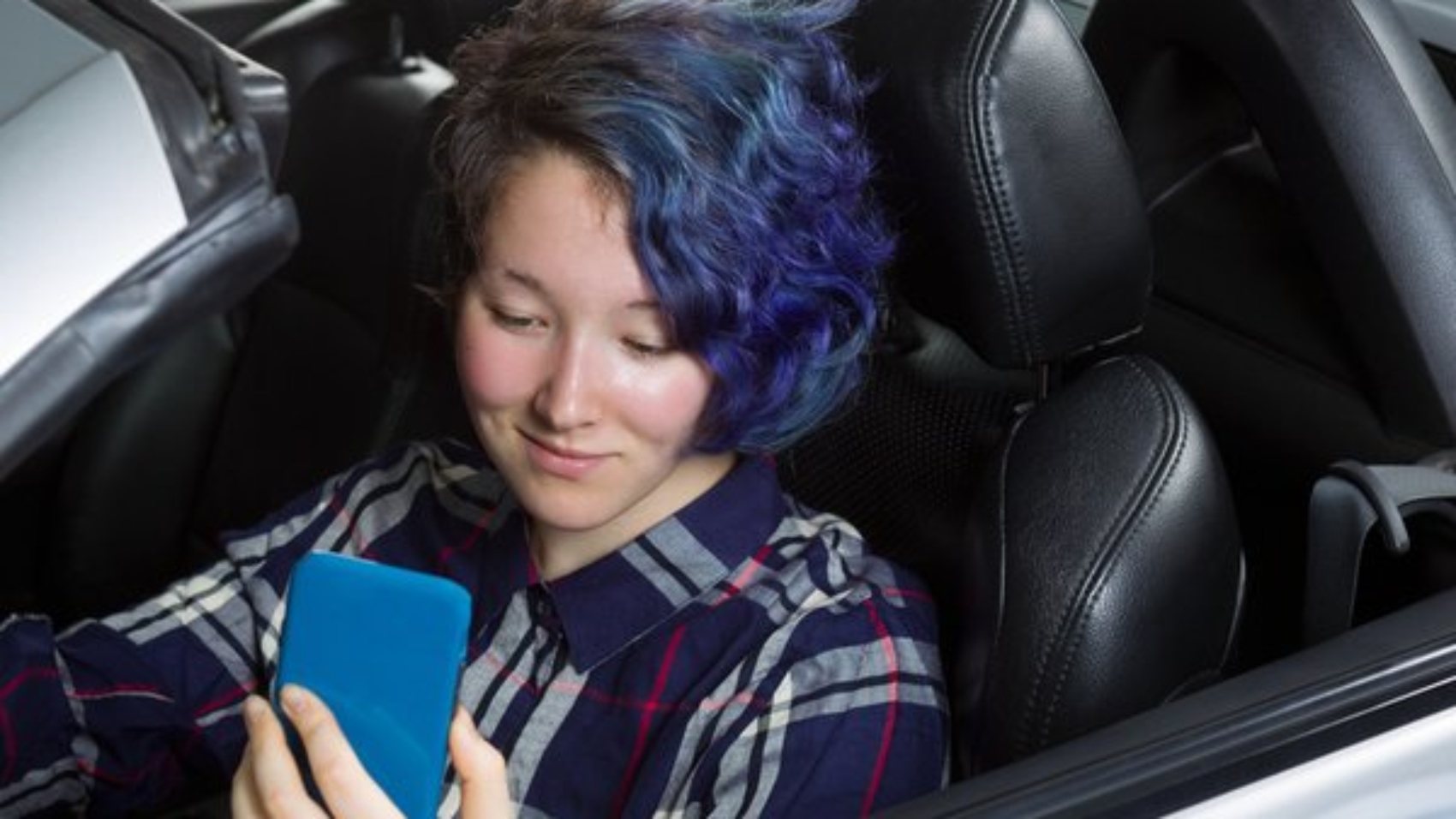Creative messaging is all around us, competing for our attention, bombarding our senses with information. Big messages call to us from wall signage, billboards, shop windows, and public transportation. Equally important are the small messages—the ones printed on coffee mugs, t-shirts, team caps, key rings. Even a small item like a wristband can attract ones attention and convey a compelling call to action.
One of the most common ways for people to send messages is texting. We love texting! It’s fun and immediate. We feel connected. In a world where we can “get the word out” around the globe in moments, social connectivity has become the norm; we constantly seek ways to reach out to others.
However, as a recent AT&T campaign advises, some messages should wait—when our eyes are drawn to texting and away from the road while driving, even if just for a few seconds, we become … distracted.
The Dangers of Distraction
The National Highway Traffic Safety Administration (NHTSA) has taken a focused look at distractions and driving. NHTSA has established http://www.Distraction.gov to define distracted driving, present personal video accounts of the results of distracted driving, and offer creative ideas for getting involved in spreading the word about the dangers of texting behind the wheel.
According to the NHTSA, distracted driving is “…any activity that could divert a person’s attention away from the primary task of driving.” The definition goes on to include examples of distractions we may all take for granted, such as consuming food and drink, reading or looking at maps, using a GPS, putting on makeup, even conversation with other people in the car. And the most dangerous driving distraction of all … texting.
What makes texting at the wheel so dangerous? It’s a triple threat, due to the demand it makes on 1) cognitive processing, 2) manual coordination, and 3) vision. It’s challenging enough for new drivers just to stay in their own lanes. Texting while driving draws all three of these faculties away from the road ahead and redirects all of your awareness down to the little screen in your hand.
A study conducted by NHTSA revealed that texting while driving, whether sending or receiving a text, draws vision away from the road for 4.6 seconds. That seems like just a moment. Perhaps you feel quite confident that you can look away from the road for a mere five seconds and still maintain safe operation of your vehicle.
Nevertheless, did you know that if you are driving “blind” at 55 mph, in 4.6 seconds you will travel the full length of a football field?
That’s pretty sobering.
In 4.6 seconds, a child could run into the road. A biker could lose control and fall into the path of your vehicle. A light could turn red while you keep going. A pedestrian could step off a curb.
Your whole life could change. In 4.6 seconds, your life—or someone else’s—could be over.
You can find more “Driving While InTEXTicated” statistics in an excellent infographic at this link:
http://www.intomobile.com/2012/07/07/texting-and-driving-infographic/
Preventive Action
Many high schools and other private and federal agencies around the country are seeking ways to educate people about the dangers of texting while driving.
Lancaster Online and the Palm Beach Post report the use of driving simulators at Manheim Central High School in Pennsylvania, and West Boca Raton High School in Florida, to demonstrate for students the true difficulty of operating a vehicle while texting. The participants at both schools thought it would be easy but discovered that if those simulated conditions were live, they would have caused serious, if not fatal, accidents.
AT&T’s don’t-text-and-drive campaign tagline is: “It Can Wait.” Click the “Videos” link on AT&T’s campaign site (http://www.itcanwait.com) to watch compelling stories from survivors and family members who texted some simple message, a word or two that could have waited, and their lives were changed forever.
Get Involved
A teacher at NDSU gave each of her interns in the Sanford Respiratory Care Program a task. They were to hand out a number of “Don’t Drive InTXTicated” wristbands to their coworkers to discourage texting while driving.
One student gave them out to her PM shift coworkers, along with a card she had typed up with some statistics related to driving incidents. The cards were meant to be carried by the participants in their vehicle, handbag, or wallet, as a constant reminder of their pledge to not “drive & text.” They are proudly sporting their wristbands and carrying their reminder cards!
Texting while driving is a serious problem. 100,000 crashes each year involve texting at the wheel. Try to think of ways you can start a pledge-based don’t-text-and-drive campaign in your community, among your co-workers, and with your friends. Your “Don’t Drive InTXTicated” campaign could save a life. If just one person makes the pledge, your campaign will be a success!
Dick Nelson, CEO of MARCO Promotional Products, has worked in the industry for nearly 30 years. Dick has never thought of his work as work, but rather as an intriguing place to spend his working hours. Away from the workplace, he enjoys playing golf, much of the time with his wife, and spending time with his children and grandchildren when he can.




